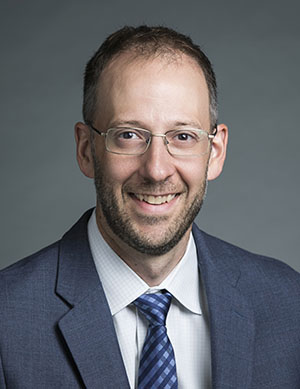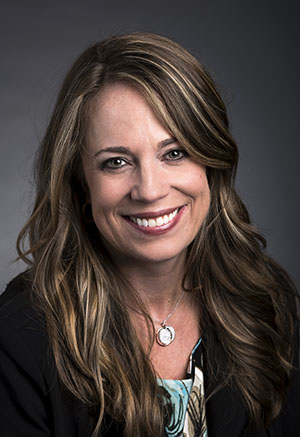
Kevin Rockmann
Kevin Rockmann had never before constructed a website, and had never given much thought to the best way to structure a blog post or write a headline.
So when the professor of management in George Mason University’s School of Business and his colleague, Mandy O’Neill, an associate professor of management, started the “High Quality Connections” website, he had to learn on the fly.
“My biggest challenge was knowing what it was going to be,” Rockmann said. “How do you make it academic enough to be legitimate, but not so academic the public can’t understand it. It’s been a challenge and a lot of fun.”
The website—highqconnections.com—explores the problems of creating and maintaining prosperous co-worker connections within organizations—in other words, organizational chemistry. Launched in February, it is already gaining traction with 200 subscribers, more than 2,000 unique visitors and more than 5,000 page views, just by word of mouth, Rockmann said.
With 12 contributors from academic institutions in the United States and the United Kingdom, the website features insights and commentary about establishing connections among managers and employees. It also has an archive of research, all of which Rockmann said can be a teaching resource for faculty or business managers.

Mandy O'Neill
“We teach many topics relevant to managers, but we don’t talk about what makes for productive, collaborative relationships,” Rockmann said. “We tend to ignore the dynamics about what’s going on between us that allows us to create some work product, perhaps while being creative in the process. What’s frustrating is a lot of the research exists, but it hasn’t quite seeped into the mainstream.”
So Rockmann and O’Neill gave it a place to live.
“This isn’t just about Mason,” O’Neill said. “But it’s a way we can highlight some of the intellectual creativity going on at the School of Business that is really a point of excellence and pride for building the Mason brand on the faculty research side.”
A recent blog post by O’Neill examined how quiet gestures of support can be more important than pubic displays of appreciation. Rockmann linked readers to an article in which the author searches for “sync, the hidden dark matter that binds employees into a successful workforce.”
The most-read post so far? One that explores how relationships ease the transition into retirement, by Kathy Kram, professor in management emerita at Boston University’s Questrom School of Business.
Website subscribers also get a biweekly newsletter. Plans are for videos in which contributors delve for three or four minutes into issues surrounding connectivity and chemistry within organizations. Rockmann said he sees them as more teaching tools.
“For anybody trying to create those productive relationships that will create an environment in which they can succeed,” he said, “we want to create a repository and resource that is helpful to them.”
